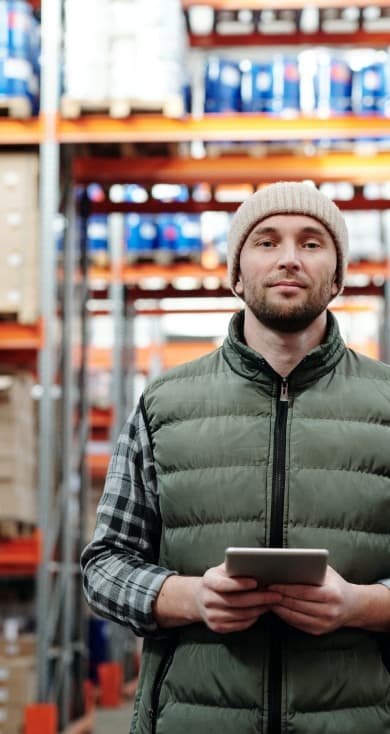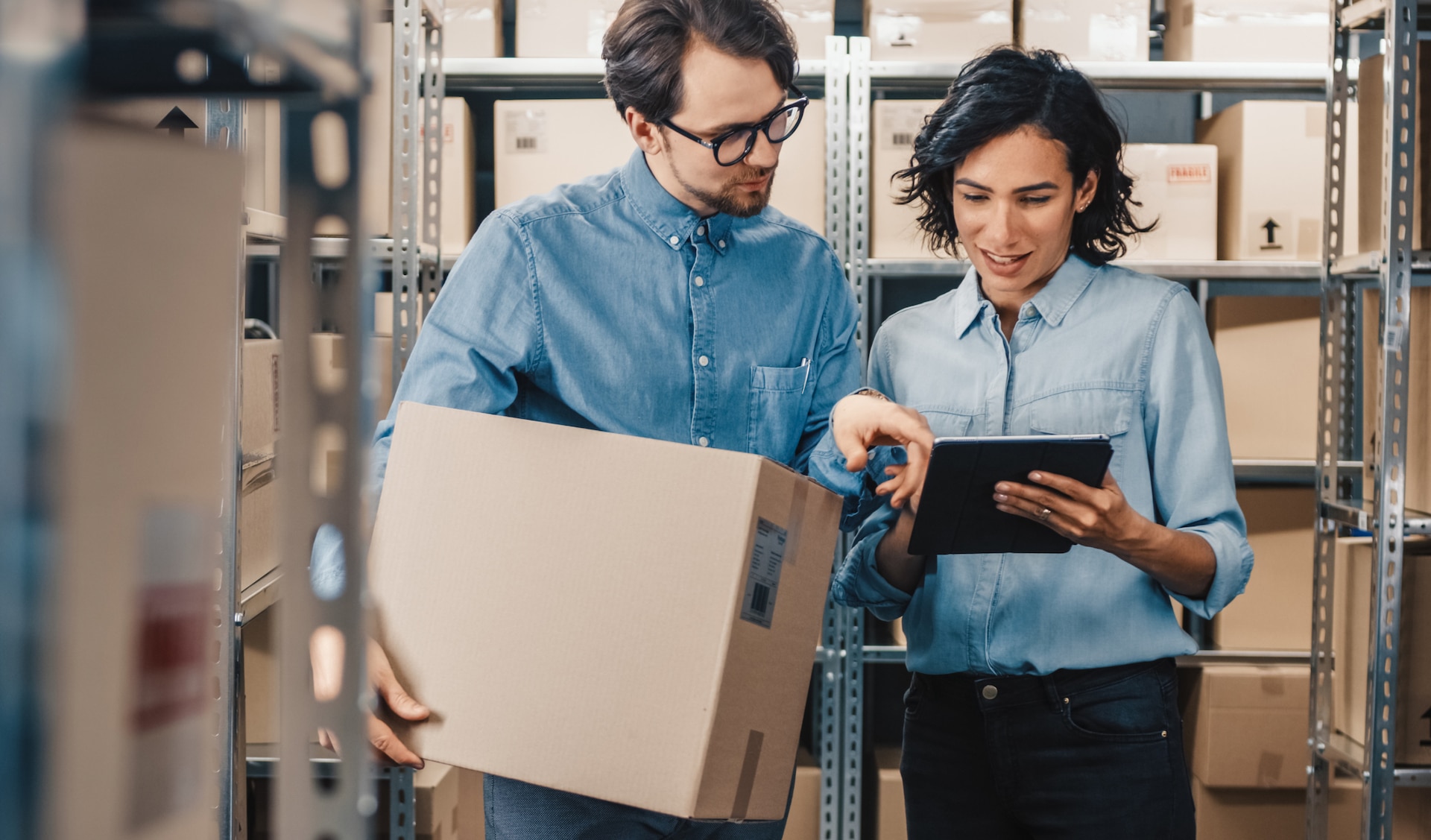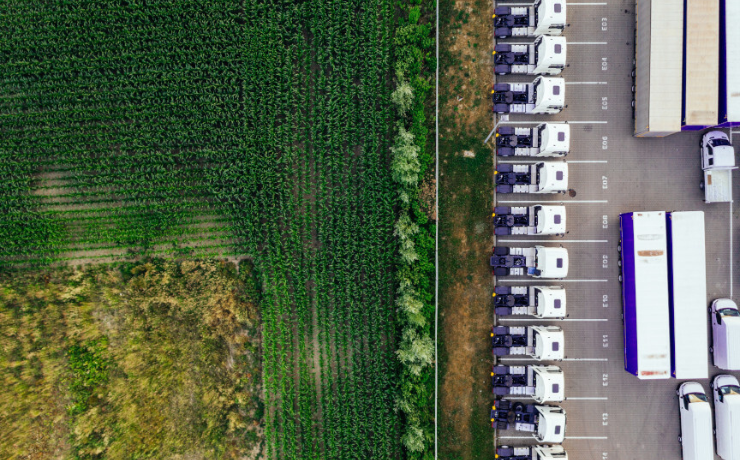
Get in touch
Digitalising
logistics networks
Cloud software supporting logistics by connecting systems, increasing profitability and reducing CO2 emissions.
Our platform, your benefits
We provide disruptive and future-proof fulfilment and logistics software.
1
You can
Digitalise your logistics
2
You can
Make logistics sustainable
3
You can
Improve your resource utilisation
4
You can
Excel at customer experience
Logistics and fulfilment cloud software
Our state-of-the-art, event-based platform provides shippers, forwarders, carriers and logistics service providers a unified view of logistics operations by connecting systems, enabling you to optimise your resources and make informed decisions. Have access to real-time data to manage and monitor your cross docking and delivery management execution.

Our clients already claim
Up to
96% increase
in transport fill rates
Up to
35% reduction
in logistics cost
Up to
15% reduction
in distance travelled
Up to
50% reduction
in hub space
Who we are
Passionate logistics business specialists and experts that are responsive, customer-centric and solution-oriented.

We are
Disruptive innovators
We are
Reliable
We are
Sustainable

We are
One team
We are


